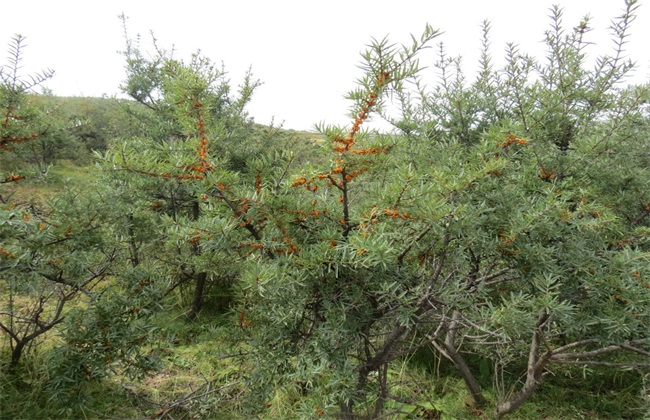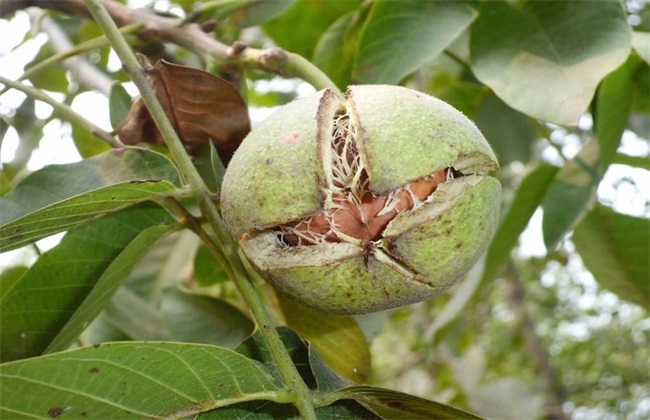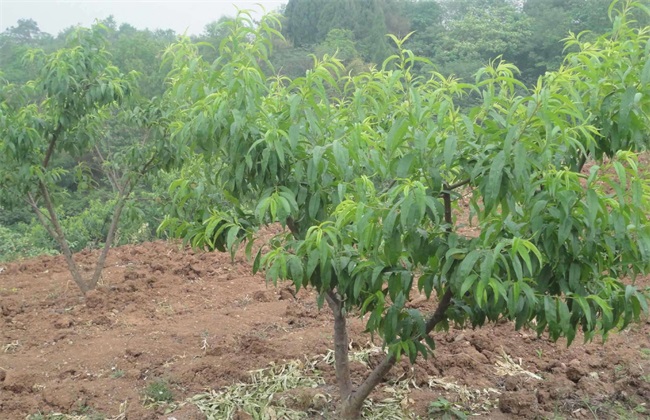Field Management Techniques of Hippophae rhamnoides L.
Hippophae rhamnoides is a common wild fruit tree in southwest and northwest China, which can survive on saline-alkali soil, so its fruit is favored by the market because of its rich vitamin C. it is also considered to be an economic fruit tree cultivation because of the particularity of the growth environment. The work of planting management is different from that of many fruits, and if planted in different areas, the management content is different. Today we will talk specifically about post-growth management.

1. Pruning
Seabuckthorn branches are more scattered, mostly shrubs, there is no obvious trunk, so can not let the tree shape too chaotic, convenient management, in the growth of more than 2 meters should be pruned, mainly trimmed cross, transverse branches. Dense parts should be left with strong branches, and others should be cut off. Generally, branches should be cultivated when lack of branches, and branches should be renewed in time and replaced with new fruiting branches. Cut the branches of diseases and insect pests in time and scrape off the disease spots on the trunk.
2. Protect flowers and fruits
In order to produce high yield, it is necessary to promote flower bud differentiation and blossom more in order to set more fruits. To control the growth of new shoots, you can leave fewer new shoots before the result, not too much. In addition, to sparse flowers, to some clustered flowers, you can gently shake branches when blooming very much, and cut off some clustered dense ears after fruiting, so as to avoid the phenomenon of large and small years, or blossom and bear fruit very much, malnutrition and serious fruit drop.
3. Diseases and insect pests
The main disease is dry shrinkage disease, is a destructive disease, the disease will invade from the wound, root system, so do not cause man-made wounds. The varieties with the strongest resistance and good adaptability to the environment should be selected before planting. The disease was mainly treated with root irrigation with 40% carbendazim glue suspension 500 times or methyl topiramate 800 times. Once a month, many times. The main pest is apple leaf moth, which is sprayed with 2500 times liquid or 3000 times liquid.
4. Other management
Although the soil is barren, it is sensitive to the demand for phosphate fertilizer and can be topdressing. Planting had better not be too dense, plant spacing 1.5 meters, row spacing 2 meters, you can also adjust yourself. Hippophae rhamnoides dioecious, so it is necessary to configure pollination trees between rows, about 3 female plants and one male plant. Harvest in time to avoid being eaten by birds. Harvest when the color becomes darker, the flesh softens and there is a fragrance. Store at 1 to 5 degrees Celsius after harvest.
The management details of Hippophae rhamnoides orchard after planting are the above parts, but there will be some changes in different environments, so we should pay attention to more details. At present, it is mainly these important contents that have not been taken into account. You can consult experienced fruit growers yourself.
Related
- Moge, come on! The staff of the peasant association in the producing area of cantaloupe were frightened when the crowd gathered.
- Causes and Solutions of low Fruit setting rate of Apple
- Symptoms and control measures of passion fruit virus disease
- Fruit growing lesson: how do apple orchards keep high yields?
- Can you build orchards in the mountains? What are the pros and cons?
- How to manage the coloring period of Crisson grape?
- This paper introduces the processing technology of two kinds of fig products.
- How much is a month for retired teachers in rural areas by 2020?
- How can strawberry planting increase sugar content? We should pay attention to management in many aspects.
- What are the cultivation techniques on how to improve the yield of golden fruit?



